Sean Nash over at Nashworld asked me to guest blog for this week while he is out with his students doing some really cool stuff.
Here is a link to my posting: A TPACK video mashup!.
I end the post with a couple of videos, one a commercial and the other my mashup response to it. You can see the videos in context on Nashworld or just see them in isolation here. It does make sense to see them in the sequence below.
Enjoy.

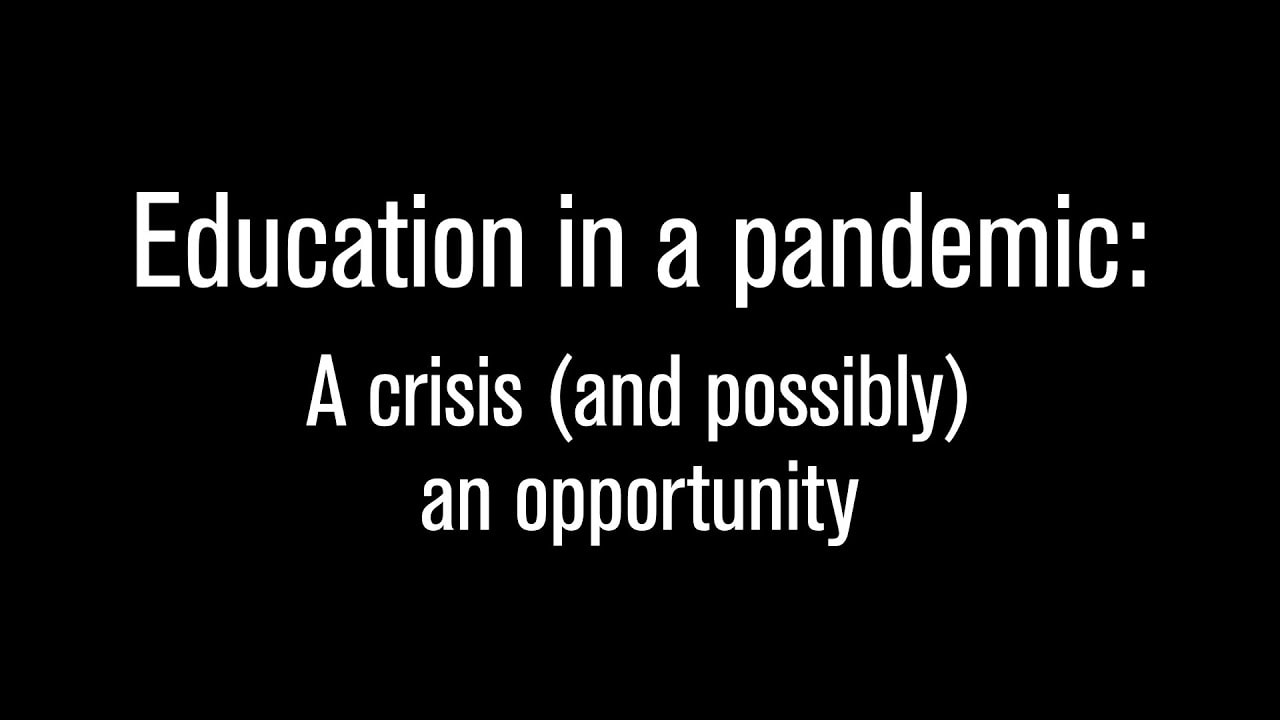
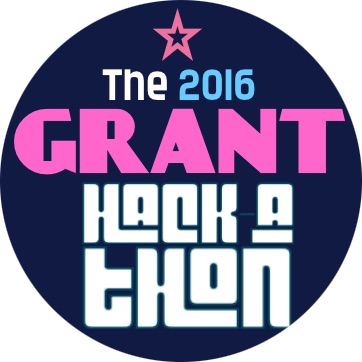
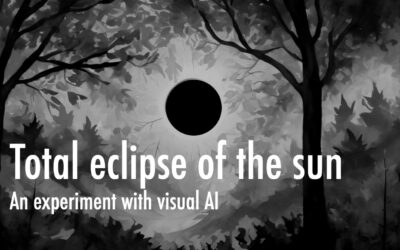
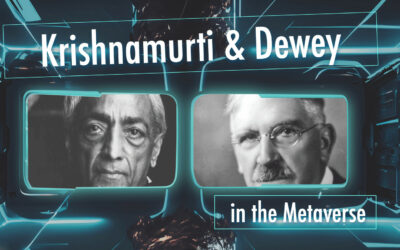
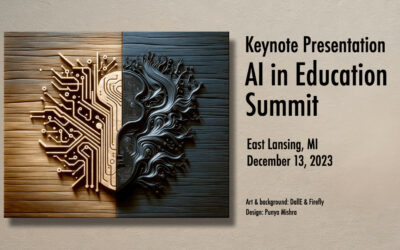
I really enjoyed your New Year’s stop motion video. Our students really enjoy this technology in many of their classrooms and after school activities.
Yes, I was thinking of that too last week. However, my schedule has been really tight these few weeks due to assignments, work and other commitments so I have not had the opportunity to get started. In fact, my posting in your blog was the first time I wrote about it. 🙂 Thanks for your feedback!
Judy, it seems to me that you have a great nugget of an idea in your previous post. Would you be willing to write that up (nothing very long) but something that provides more details into how the including the game “forced me to re-examine my pedagogy; in the end I adopted an approach which was the complete opposite to what I did in the past.”
In fact I think this could be an essay that you could actually publish somewhere. What do you think?
Thanks for our reply and for the interest, Prof Mishra. The research I have done so far on game-based learning focused on student learning and I have yet to start studying it from the perspective of teacher learning. I hope to be able to do more in this area in future and see TPCK as a potential analytical lens. Thanks!
Judy, thanks for the note. Please feel free to share any of the resources on my site with your trainee teachers.
I love the example you provide of the 3-D game and how its inclusion “pushed” you towards changing your practice. I would love to find out more about this. Have you written this up anywhere? Or are there any even internal documents, syllabi etc, that you would be willing to share. This has a lot to do with how a technology becomes an educational technology (something I have blogged about off and on). So let me know if you have anything to share with me to let me know more about this process.
And of course, feel free to email me anytime….
thanks
Dear Prof Mishra,
Thank you so very much for dropping by my blog and leaving your comments! I’ve been reading on TPACK and grappling with many questions so I am really encouraged to have the honour of having a key architect of TPACK dropping by to share a kind comment. Thanks so much for pointing me to your blog entries related to the transformative view of TPACK. The videos are vivid and serve to perturb our conceptions of TPACK. I hope to be able to share your entry and videos with my trainee teachers the next semester when I teach an ICT course.
Just this morning, I was thinking about the transformations I went through while designing a game-based learning module that supports the learning of physics through inquiry practices using a 3D game. In the process, I had to learn how to design a learning experience that scaffolds students’ learning as they interact with phenomena in the 3D game environment. Before the project, I was of the view that as a teacher, I needed to present my students with very clear explanations of the physics concepts and help them build their understanding as they move from more fundamental to more advanced concepts. The introduction of the 3D game forced me to re-examine my pedagogy; in the end I adopted an approach which was the complete opposite to what I did in the past – present the students with a complex scenario that requires an understanding of range of different Physics concepts (and which may potentially confuse and frustrate the learners along the way) AND scaffold their learning through the use of socio-material resources. I saw shifts in my content knowledge as well as I gained a better understanding of the nature of science e.g. value-ladenness of observations, social nature of science etc. I’m mulling over how the TPACK framework may be used to study such transformations. I hope to be able to help fellow teachers tease out transformations they have experienced.
May I send you an email if I have questions about certain aspects of TPACK I read in your papers that I need clarifications in? Thank you, once again!
Sincerely,
Judy Lee
Evrim, thanks for your note. I love the example from Second Life. Wow! Do you have any sources I could reference/cite regarding this… I would love to see any paper / report you can share. Thanks in advance.
Great mashup video! I also read your post at Nashworld…this is something we have been talking about the use of second life in education. Generally what we see is the exact replication of lecture type classes in second life. Teacher talks, students listen, same scenario with exactly the same classroom walls around…only now people are represented by some fancy avatars. Does it make any difference or is it something innovative? That’s questionable. Here is what you wrote three years ago and I think it absolutely make sense here: “It requires the teacher to engage with the affordances and constraints of particular technologies in order to creatively repurpose these technologies to meet specific pedagogical goals of specific content areas” (Mishra & Koehler, 2006). Thinking about the affordances of second life, I see many creative ways to use it in variety of educational contexts. We just need to pull ourselves away from our earlier conventions and that requires TPACK (!). I love when I end my posts with TPACK 🙂